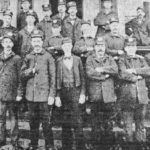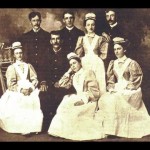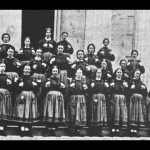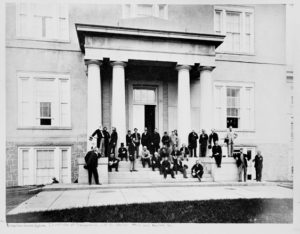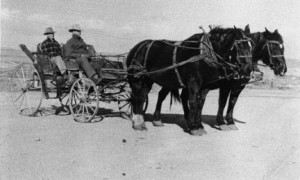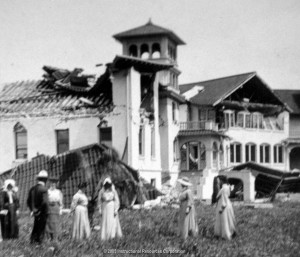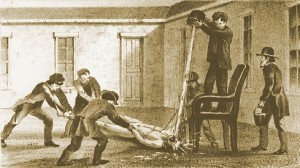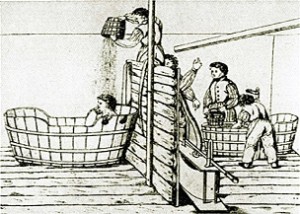Though superintendents and other professional staff were inherently in charge of insane asylums, attendants were the true backbones of them. What attendants did or did not do, the way they treated patients, and their attitudes in general could provide some sort of therapeutic benefit or make a patient’s stay as miserable as possible.
At the Canton Asylum for Insane Indians, attendants were never trained. They likely watched what other attendants did and followed suit, also bringing in their own attitudes and experience to patient care. There were guidelines for attendants–provided after inspectors discovered that the asylum’s first superintendent (Oscar Gifford) had never disseminated them to staff–but they would have been difficult to follow due to the asylum’s perpetual short-staffing. In fact, any number of subsequent inspections showed that most guidelines obviously were not followed. The government did make its priorities clear, however:
“In the event of a fire, your first duty is to save the lives of all the patients under your charge. Your second duty is to save government property. Your third duty is to yourself. These duties are always to be considered in this order.”
Clearly, human staff were of least value to the Bureau of Indian Affairs. It is little wonder that the agency allowed its one asylum to fall into neglect simply because it would not provide enough people to adequately care for their charges.
My next post will discuss the enormity of attendants’ responsibilities.



